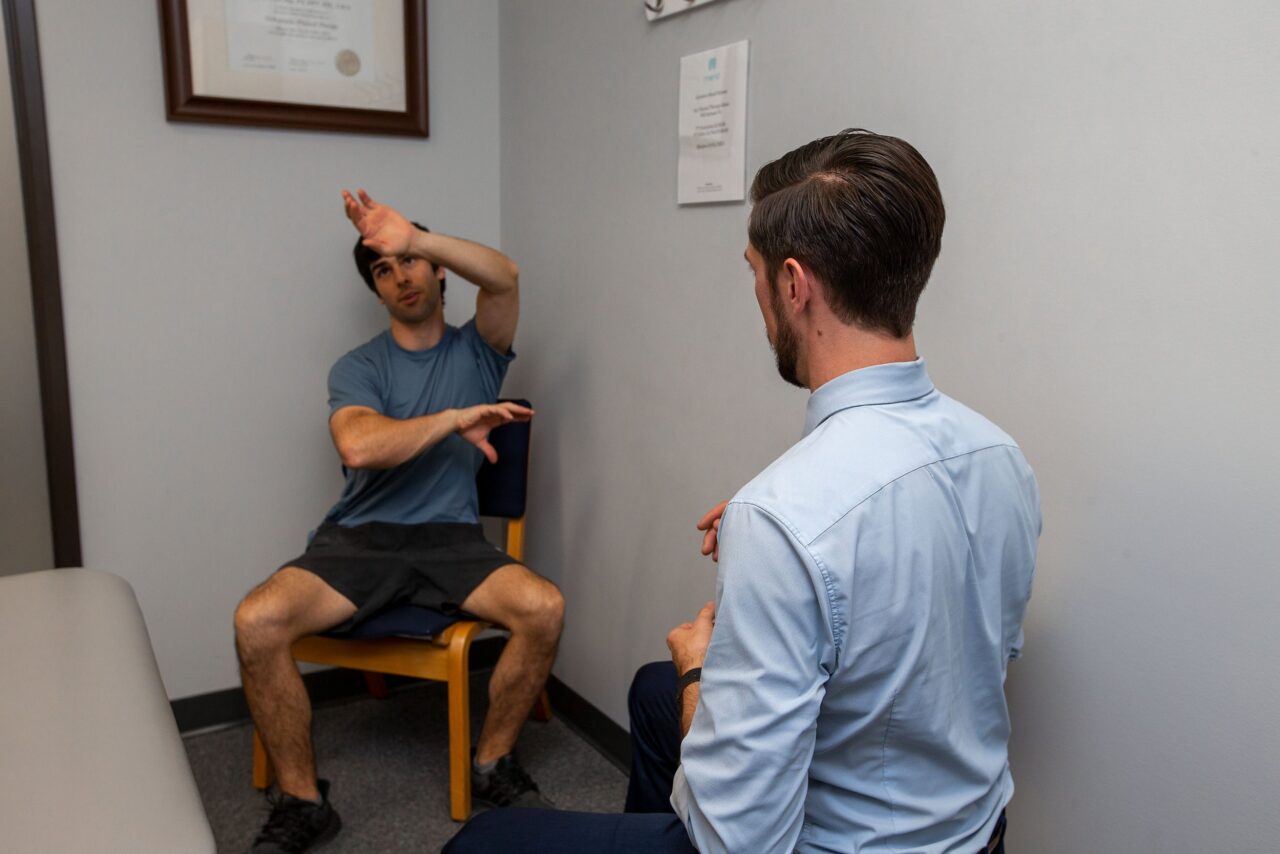Self soft tissue mobilization using a foam roller or other device (stick, ball, etc) is a popular adjunct to training that we see in rock climbers.
We often receive questions about how and when foam rolling should be utilized in training and whether it helps with recovery, performance or injury prevention in rock climbing. A recent meta-analysis (Wiewelhove et al 2019) looked at the impacts of pre-rolling and post-rolling on performance, flexibility and muscle pain in healthy, active individuals.
The largest effect of pre–rolling related to improved flexibility, with 62% of people expected to demonstrate short-term improvements in flexibility with rolling as part of their pre-exercise warmup. Pre-rolling also resulted in small improvements in power and speed performance that may be helpful for dynamic or powerful moves such as in bouldering or at the crux of your sport climb.
The largest effect of post-rolling was found for alleviation of perceived muscle pain. The mechanism by which this occurs is thought to be modulated by the central nervous system rather than any local effects on trigger points or scar tissue – both commonly held beliefs.
Although the mechanism by which foam rolling works to improve flexibility and pain is not well understood, there does seem to be sufficient evidence to support it’s addition to a pre exercise warm-up routine for improving flexibility and for a post-workout recovery to aid in reducing muscle soreness. Side affects associated with foam rolling are almost completely absent, making it a low risk intervention with potential short-term reward.
Mend Recommendation for warm up: Use self massage (with a foam roller, massage ball, stick, or arm-aid) as a way to improve muscular flexibility prior to your climbing session. The best muscle groups to target are the pecs, lats, and forearms.
Mend Recommendation for recovery: perform self massage (with a foam roller, massage ball, stick, or arm-aid) to the primary muscle groups you exercised during your climbing session. This will likely include the forearms, lats, rotator cuff, and scapular muscles.
If you’re experiencing pain that is limiting your rock climbing, schedule an appointment with a rock climbing specialist at Mend. We have locations in Boulder and Lafayette, Colorado. Many physicians, surgeons, and physical therapists do not understand the sport of rock climbing and may give incorrect or ill-advised advice on whether or not to return to climbing. The rock climbing specialists and Mend understand the sport and know when and how to safely return to rock climbing.

